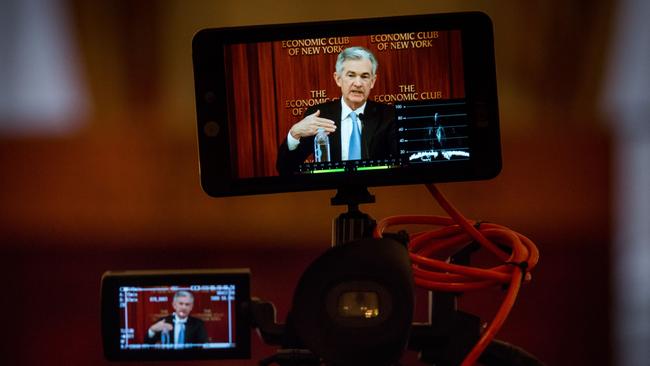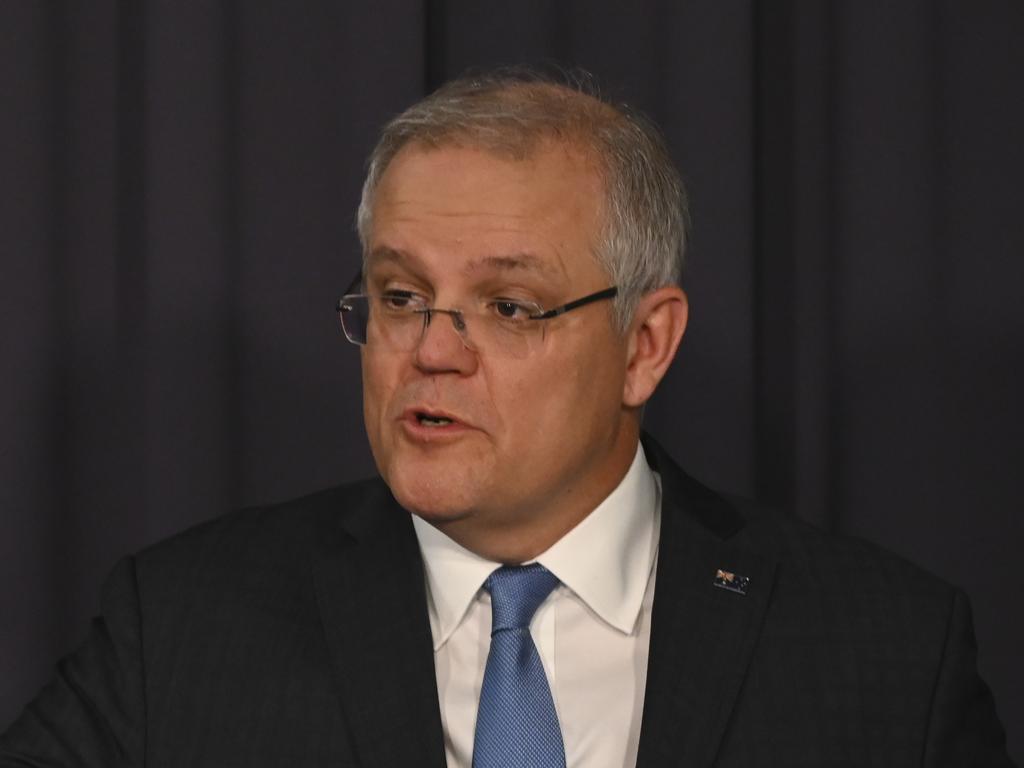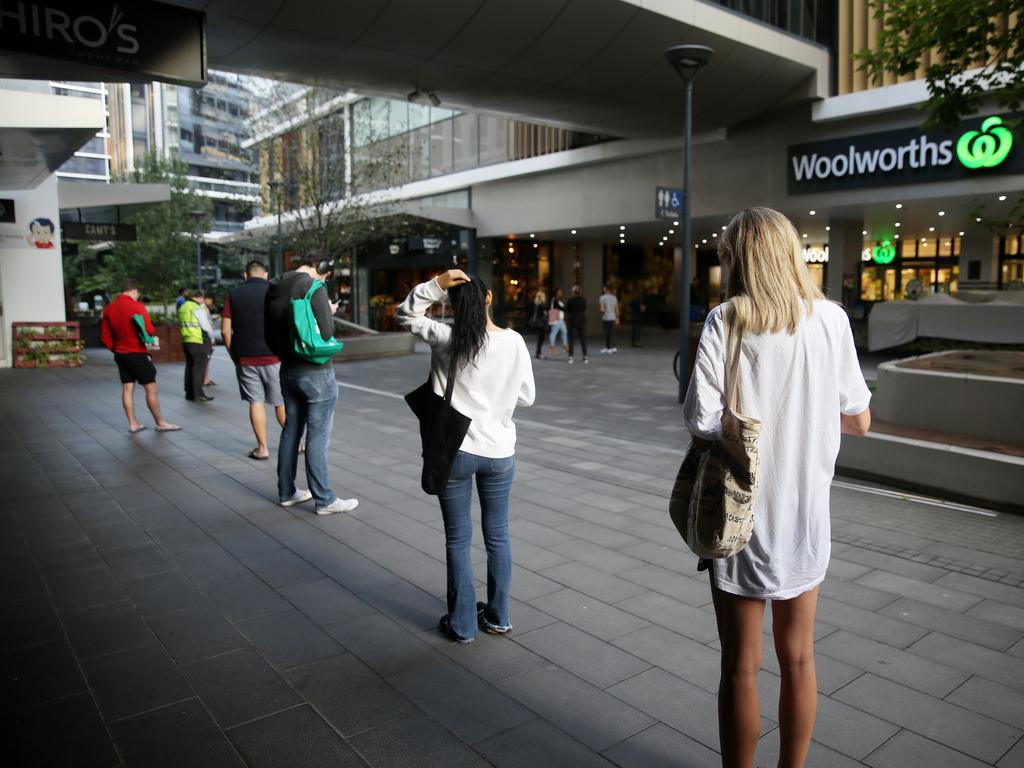Central banks determined to keep show on the road
The outcome of US Fed and ECB meetings on Thursday could have some bearing on whether markets push on or pull back before the weekend.

With unprecedented central bank liquidity driving much of a spectacular bounce in risk assets in recent weeks, the outcome of US Federal Reserve and the European Central Bank meetings on Thursday could have some bearing on whether markets push on or pull back before the weekend.
By effectively backstopping just about every kind of risk in US and European financial markets, the Fed and ECB can take much of the credit for preventing another global financial crisis so far.
Governments have played their part with unprecedented fiscal stimulus and policies designed to prevent severe lockdowns from causing permanent economic damage, though the idea that they can end lockdowns without reigniting the pandemic and extending what may already be the sharpest recession since the 1930s is starting to eclipse the importance of their economic support.
But the opened-ended nature of the central bank stimulus means they have gone all out to avoid a financial crisis occurring on top of a public health crisis which is yet to play out.
Central banks have effectively stopped sharemarkets from pricing risk in recent weeks.
Perhaps they have now got it all under control, but if risks from coronavirus and its indirect effects on the US energy sector, for example, become reality, the resulting sell-off could be sharp.
Even outside of its regular meetings the Fed has kept up a barrage of policy actions that included two emergency rate cuts and a move to unlimited asset buying that has since been progressively broadened to include riskier assets, most recently by expanding its Municipal Lending Facility.
Firepower up its sleeve
While the Fed may want to keep some firepower up its sleeve, a Bank of Japan-style move to include some equity ETFs in its unlimited asset buying program can’t be ruled out at some stage.
Even now, there’s a potential financial crisis brewing in the oil market as ETFs desperately roll out the futures curve to avoid taking physical delivery of oil for which there is very limited storage capacity.
At the least the Fed is likely to reiterate its commitment to do whatever it takes by providing “as much relief and stability as we can during this period of constrained economic activity”.
The fact that the Fed has continued to ramp up the breadth of its stimulus on an almost weekly basis even with the US sharemarket having recovered about 60 per cent of the February-March sell-off — with a commensurate easing of US financial conditions — suggests policy makers actually want to push the sharemarket higher to prevent what would otherwise have been a severely-negative wealth effect adding to economic downturn.
US GDP data for the March quarter overnight are expected to show a 3.6 per cent annualised fall on a year-on-year basis, and the worst effects of the lockdowns on the data are clearly still to come.
With US corporate earnings expected to drop more than 20 per cent and a rebound dependent on the unknown duration of the health crisis, there’s no way the market is reflecting reality. Add to that the fact that US corporate share buybacks are now considered taboo, President Donald Trump’s approval rating has tanked and relations with China have worsened to the point where peak globalisation has been reached and other risks have emerged.
After such a strong bounce there’s also the temptation to “sell in May and go away”.
“If you caught the equity lows in March, it probably makes sense to lighten up your allocation,” says AxiCorp chief global markets strategist Stephen Innes.
Returns still tend to be positive from May to October, but Innes questions whether it’s “worth all the aggravation” when they only tend to barely exceed the risk-free rate in this period.
“Especially as we start moving closer to the dreaded (northern) summer doldrums, which can be particularly dangerous for investors because many of Wall Street’s primary market makers are in the Hamptons,” he says.
“As a result, volatility is higher because liquidity is lower than it otherwise would have been. And something tells me it could be even worse this time around.”








To join the conversation, please log in. Don't have an account? Register
Join the conversation, you are commenting as Logout